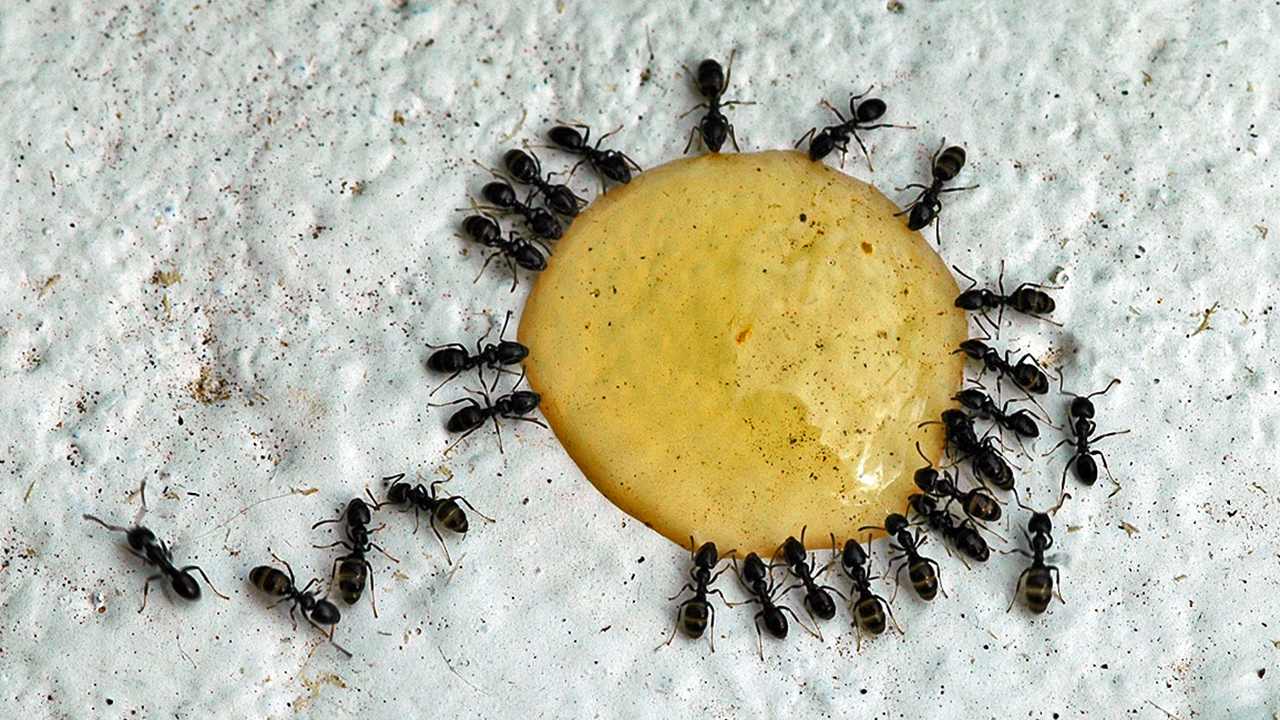A new study about New York’s abundant wildlife has found that bugs are competing with rats for scraps of our food. It’s the “half glass full” scenario for any New Yorker, offering promising news if you hate rats, or, if you’re cynical, confirming the belief that the city is filthy and overrun by more critters than you could ever conceive.
The New York Times reports that the study, published in Global Change Biology, “has found that millions of tiny insects are also picking up after us, potentially consuming the equivalent of 60,000 frankfurters a year — and that just on a stretch of 150 blocks of median strips in Manhattan.”
Researchers were interested in “finding out what effect the flooding caused by Hurricane Sandy had had on the city’s fauna,” and in 2013, they measured the temperature and humidity, and sampled the diversity of populations of ants, millipedes, spiders, and other anthropods, the Times reports. To perform the study — which takes a rare look at “urban ecology” — researchers set up food in cages in various parks, to keep out rats and squirrels, and then returned 24 hours later:
On a third of the street medians, insects ate 100 percent of the caged food. Where all animals had access, about twice as much food was removed, suggesting that vertebrates and insects have more or less the same diet. Contrary to expectations, it made no difference whether the area had been flooded or not: Even at sites previously covered with brackish water, plenty of animals had returned. Potato chips and cookies were universally preferred; hot dogs were generally leftovers.
According to Christopher M. Swan, an associate professor of geography and environmental systems at the University of Maryland, Baltimore County, “We don’t see studies like this in urban places.” Swanson was not involved with the study, but was interested in its implications. “The environment in a city is performing a function. In this case, it turns out that arthropods are removing refuse. Studies like this have to happen, and this is a pretty good one.”
(Photo: Taro Taylor)



